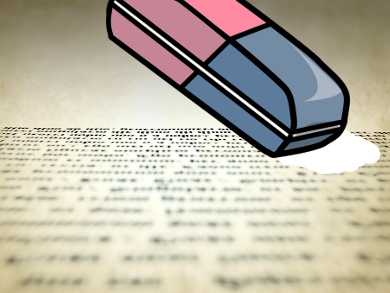In 3D printing by direct laser writing, a computer-controlled focused laser beam acts as a pen and produces the desired structure in a photoresist. This allows producing 3D structures with details in the sub-micrometer range. Applications of such materials range from biomedicine to microelectronics to optical metamaterials.
Martin Wegener, Eva Blasco, and Christopher Barner-Kowollik, Karlsruhe Institute of Technology (KIT), Germany, and colleagues have developed 3D inks based on labile silane crosslinkers that can be selectively erased. This allows specific degradation and reassembly of highly precise structures on the micrometer and nanometer scales under mild conditions. The individual cleavage conditions do not affect the fabricated structures.
The team has synthesized three bifunctional silane crosslinkers with methyl, ethyl, or isopropyl as substituents on the silicon atom using a facile and rapid one-step synthesis, namely: MSEA (N,N’-(((Dimethylsilanediyl)bis(oxy))bis(ethane-2,1-diyl))diacrylamide), ESEA (N,N′-(((Diethylsilanediyl)bis(oxy))bis(ethane-2,1-diyl))diacrylamide), and ISEA (N,N′-(((Diisopropylsilanediyl)bis(oxy))bis(ethane-2,1-diyl))diacrylamide). Addition of pentaerythritol triacrylate (PETA) significantly enhances the direct laser written structures with regard to resolution, while the 3D microstructures remain cleavable. A methanol solution with inorganic salts, i.e., NaHCO3, K2CO3, and KF, is used for the targeted cleavage of the printed 3D microstructures.
The team has degraded MSEA-, ESEA-, and ISEA-based 3D microstructures on a single glass substrate in three consecutive steps. A reference 3D microstructure made of PETA remained unaffected during these cleavage steps highlighting the mild cleavage conditions. The degradation process was visualized by scanning electron and optical microscopy, showing rapid and complete removal independent of the used photoresist. MSEA-based structures can be cleaved, while ESEA- and ISEA-based structures remain intact. ESEA- and ISEA-based structures are orthogonal to each other. Both photoresists can be selectively cleaved one over another and vice versa.
A major advantage over formerly used erasable 3D inks is that microstructures can be degraded specifically under mild conditions without structures with other material properties being damaged. According to the researchers, their technique is useful to produce temporary supports and to remove them again, later on, to add or remove parts to or from 3D scaffolds for cell growth, or to exchange damaged or worn parts in complex structures.
- Adding chemically selective subtraction to multi-material 3D additive manufacturing,
David Gräfe, Andreas Wickberg, Markus Michael Zieger, Martin Wegener, Eva Blasco, Christopher Barner-Kowollik,
Nature Communic. 2018.
https://doi.org/10.1038/s41467-018-05234-0




